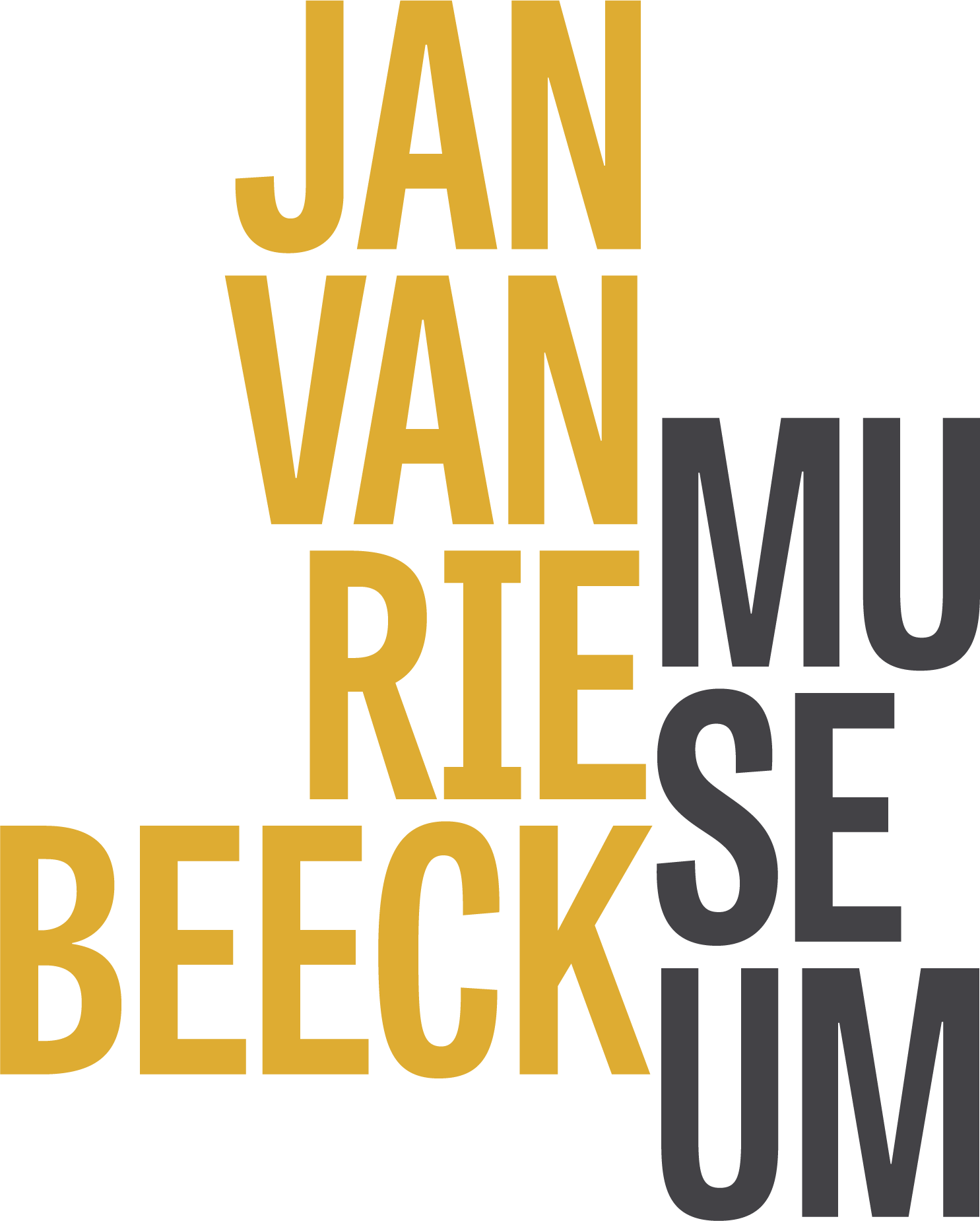The Feminist art movement emerged in the late 1960s amidst the fervor of anti-war demonstrations and civil and queer rights movements. Hearkening back to the utopian ideals of early-20th-century modernist movements, Feminist artists sought to rewrite a falsely male-dominated art history as well as change the contemporary world around them through their art, focusing on intervening in the established art world and the art canon’s legacy, as well as in everyday social interactions. As artist Suzanne Lacy declared, the goal of Feminist art was to “influence cultural attitudes and transform stereotypes.” Feminist art created opportunities and spaces that previously did not exist for women and minority artists, as well as paved the path for the Identity art and Activist art of the 1980s.
By the 1980s art historians such as Griselda Pollock and Rozsika Parker were going further, to examine the language of art history with its gender-loaded terms such as ‘old master’ and ‘masterpiece’. They questioned the central place of the female nude in the western canon, asking why men and women are represented so differently. In his 1972 book Ways of Seeing the Marxist critic John Berger had concluded ‘Men look at women. Women watch themselves being looked at’. In other words Western art replicates the unequal relationships already embedded in society.
Linda Nochlin also brought attention to the category of ‘artistic greatness’ itself, arguing that such a concept was imbued with masculine bias which thereby excluded women by definition. Implicit in such terminology is the distinction between ‘high’ and ‘low’ art, the former identified with painting, sculpture and architecture, the latter with the decorative arts, such as ceramics and textiles. The association of women with fields traditionally omitted from the high-art canon further demarcated the categories of masculine ‘culture’ and female ‘craft’.



